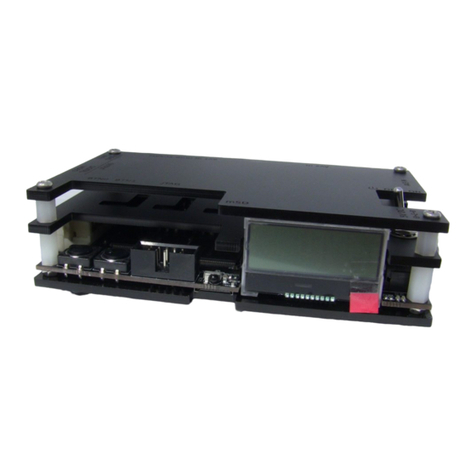OSSC Pro Quick Start Guide VideoGamePer ection.com
OSSC Pro – Quick Start Guide
Contents
Important sa ety in ormation...........................................................................................................3
Overview..........................................................................................................................................4
Connectors and external controls ( ront).....................................................................................4
Connectors (le t side)..................................................................................................................5
Connectors (Right side)..............................................................................................................5
Connectors (Back).......................................................................................................................6
Remote control............................................................................................................................7
Connecting your OSSC Pro........................................................................................................8
Getting to know your OSSC Pro....................................................................................................10
One scaler, three modes............................................................................................................10
Changing modes........................................................................................................................12
Connecting consoles, PCBs or other hardware.........................................................................12
Scanlines...................................................................................................................................13
Setting output resolutions..........................................................................................................13
Framelock..................................................................................................................................15
Scaling algorithm......................................................................................................................15
Interlace video and the OSSC Pro.............................................................................................15
Fine tuning the image................................................................................................................16
Audio input and output.............................................................................................................16
Firmware updates...........................................................................................................................17
Troubleshooting.............................................................................................................................18
More in ormation......................................................................................................................19
Disposing o your OSSC Pro.........................................................................................................19
Thank you or purchasing the OSSC Pro. Please take time to read through this short document
be ore you start using the unit.
Page 2




























